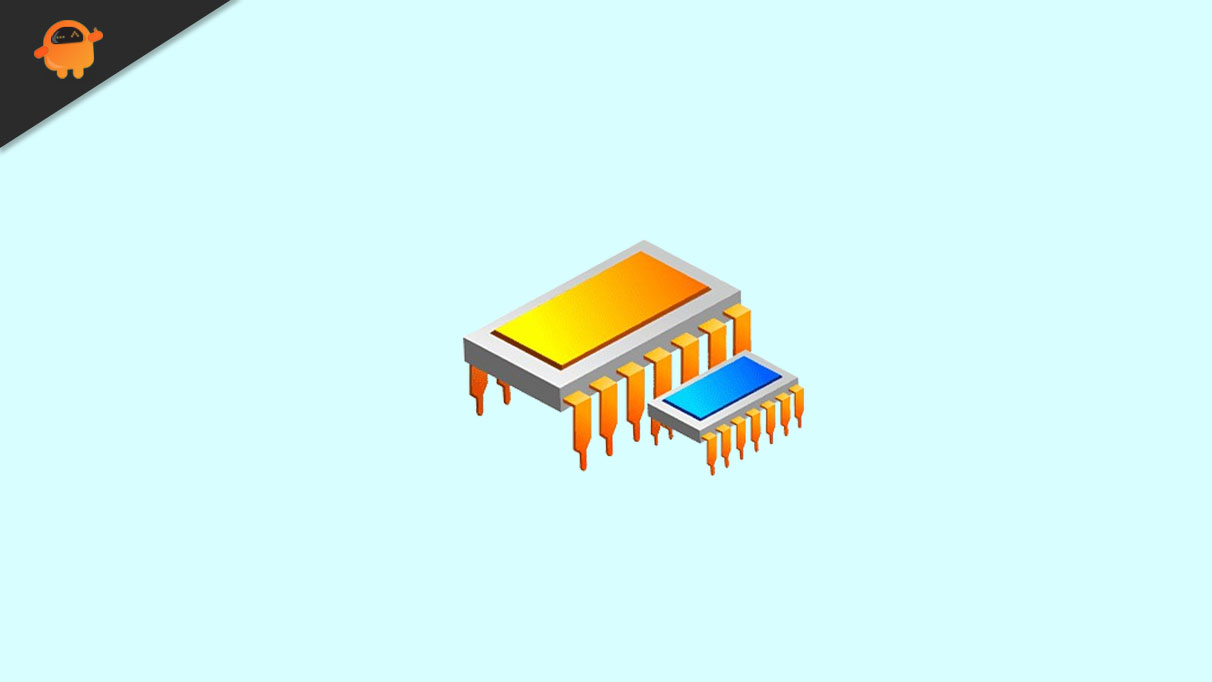In today’s world, smartphones have transformed from simple calling devices to integral tools essential for our everyday lives. We use them to stay connected with others, manage work tasks on-the-go, and even more. These small wonders have revolutionized how we interact with everything. At the root of this technological movement is a complex web of electronic components. They dictate both functionality and performance.
Page Contents
Application of Electronic Components in Smartphones

Processor: The central processing unit (CPU) is essentially the brain of a smartphone. It orchestrates several functions all at once with surprising efficiency. As mobile processors evolved over time, they became more powerful and energy-efficient too. This resulted in seamless multitasking abilities, fluid gaming experiences, and increased battery life spans.
Memory: Memory modules involve Read-Only Memory (ROM) units along with Random Access Memory (RAM). Together these are responsible for storing data within smartphones so that it can be retrieved later on demand. Since multimedia consumption continues to grow at an alarming rate – as do app complexities – high-capacity and high-speed memory solutions are now highly sought after. The LPDDR5 RAM has made its mark here by launching apps faster than ever before while also maintaining snappy multitasking and smooth 4K video playback.
Sensors: Sensors allow smartphones to gain awareness on what’s happening around them and become more responsive accordingly; taking user experience to new heights as a result. For example, ambient light sensors adjust display brightness depending on brightness outside while gyroscopes enable users to immerse themselves into games by moving their device around like a controller would be used back when consoles were popularized. More so than ever before though, biometric sensors are becoming mainstream additions for both security reasons as well as streamlining authentication processes.
Battery Technology: Despite advancements across the board inside smartphones there’s one thing that still afflicts all of them. It’s battery life. For this reason, researchers and engineers have been focused on next-generation technology here more than anywhere else. With each innovative step forward, the dream of extended usage hours and fast charging capabilities comes closer to reality. Advancements in power management algorithms and overall efficiency has already led to gains within energy conservation, reducing the environmental footprint smartphone usage creates.
The Impact of Electronic Component Development on Smartphones
Performance Improvement: The primary driving force behind electronic component development in smartphones is performance optimization. At every level from fabrication processes to dedicated AI accelerators, there’s always something new being introduced to ensure unparalleled speed and responsiveness. Because of this, modern devices are able to handle advanced tasks that were once thought impossible like real-time AR applications.
Functional Innovation: When electronic components start playing with software innovations, it results in an overflow of brand-new functionalities for our devices. Take voice assistants like Siri or Google Assistant as an example – they can both now comprehend natural language queries thanks to their dedicated neural processing units. Additionally, machine learning algorithms implemented into camera systems make it possible for amateurs to take professional-grade photos through features such as scene recognition and night mode photography.
User experience optimization: Electric component optimization is used to provide the best user experience in smartphones. It’s all about delivering that seamless transition that’s facilitated by optimized memory management. The buttery-smooth UI (User Interface) animations powered by high-refresh-rate displays are a fan favorite, and catered to for maximum satisfaction. In addition, haptic feedback motors, spatial audio technologies, and adaptive display technologies further enrich the sensory experience, blurring the boundaries between the digital and physical realms.
Conclusion
In conclusion, when AI meets electronic components and the IT industry, it’s time to put on your seatbelt because innovation is going to come fast. The synergy between AI, electronic components, and IT products holds immense potential for driving industry progress and enhancing consumer experiences. Collaboration between the AI developers and electronic component distributors like WIN SOURCE is crucial in fostering industry advancement. As we look to the future, we anticipate deeper integration and exponential growth in AI-driven technologies, shaping the landscape of electronic components and the IT industry for years to come.
